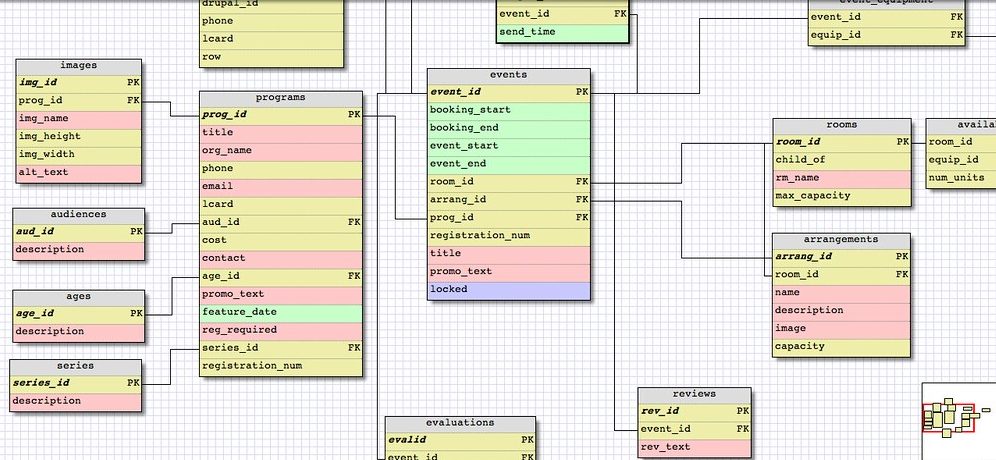[Update March 2023]
The world of data analysis is in a perpetual state of transformation, with the methodologies and tools employed by data analysts for gleaning insights from data undergoing unceasing refinement. As of 2023, the domain of data analysis has undergone exponential growth, necessitating data analysts to remain abreast of the most current tools and techniques in order to maintain a competitive edge.
Excel: The Versatile Toolset for Data Analysis
Excel is a multipurpose and adaptable tool that offers a wide range of functions and capabilities for data analysis. Just like a Swiss Army knife is known for its diverse tools and uses, Excel is similarly known for its ability to handle various aspects of data analysis, including calculations, visualization, organization, and more.

SQL: Foundations for Big Data Analysis
SQL is a coding language utilized for handling and modifying relational databases. For a data analyst, a solid grasp of SQL is vital to proficiently derive insights from data. SQL empowers analysts to sift through and arrange data, execute intricate calculations, and combine information from diverse origins. As the realm of big data continues to expand, the significance of SQL has seen a commensurate rise.

Python: The Preferred Coding Language for Data Analysis
Python stands as a flexible programming language that has risen to prominence as the primary choice for data analysis. Its repertoire includes a diverse array of libraries designed to streamline and enhance data analysis and visualization processes.
Among the most well-received libraries in the toolkit of data analysts are NumPy, SciPy, Pandas, Matplotlib, Keras, SciKit-Learn, PyTorch, Scrapy, and BeautifulSoup.
These libraries deliver robust resources for tasks like data manipulation, machine learning, web scraping, and data visualization, bolstering the proficiency of data analysts.

Data Visualization Tools: Tableau
Data Visualization Tools, such as Tableau, are software applications designed to convert raw data into visual representations, making complex data sets more understandable, interpretable, and insightful. Tableau, specifically, is a widely used tool for creating interactive and dynamic visualizations, dashboards, and reports.

Colaboratory: An Online Platform for Executing Large-Scale Code
Colaboratory, often referred to as Colab, is an online platform developed by Google that provides an environment for writing, executing, and sharing code. It is specifically designed to work with Python and is widely used by data scientists, researchers, and developers for various tasks, including data analysis, machine learning, and research.
Colab provides a Jupyter Notebook interface, allowing users to write and run code in individual cells. This facilitates a more interactive and iterative approach to coding, where you can execute specific sections of code and see the results immediately. The platform also supports the integration of various libraries and tools commonly used in data analysis and machine learning, making it easier to work with complex tasks.

ChatGPT: A Language Model for Writing Codes and Brainstorming
ChatGPT is a language model developed by OpenAI that is designed to understand and generate human-like text based on the input it receives. It is trained on a wide range of text sources and can be utilized for various tasks, including writing code and assisting with brainstorming.
ChatGPT is a language model that can assist with writing code snippets and providing brainstorming support across various creative and technical domains. It’s a versatile tool that can help enhance productivity and creativity by offering insights and suggestions based on the input you provide.

The domain of data analysis has experienced a remarkable expansion in recent years, and the strategies and tools employed by data analysts to uncover insightful revelations from data have evolved in parallel.
As of the year 2023, a data analyst’s skill set must encompass a range of essential proficiencies and technologies: SQL, Excel, Python, data visualization tools, Github, Colaboratory, and ChatGPT.
Furthermore, the ability to swiftly and efficiently retrieve information from sources like Google and Stack Overflow is crucial for data analysts in addressing challenges and staying well-informed about the latest advancements in the field. By mastering this comprehensive assortment of tools and methodologies, data analysts can establish a competitive edge and fully harness the potential of their data analysis endeavors.
It’s worth noting, however, that the instruments and techniques harnessed by data analysts are in a perpetual state of evolution. Data analysts must maintain an open-minded and adaptable approach, remaining eager to acquire new proficiencies and experiment with novel techniques as they emerge. In addition, the most triumphant data analysts are those who not only wield technical prowess but also possess the acumen for critical thinking and problem-solving. By amalgamating technical proficiency with critical thinking, data analysts can furnish organizations with invaluable insights and contributions.
To conclude,
Data analysis stands as a captivating and dynamic domain, brimming with prospects for advancement and ingenuity. By attaining mastery over the essential skills and technologies synonymous with data analysts, and by remaining attuned to the latest trends and techniques in the arena, data analysts can establish prosperous careers and generate substantial value for their organizations.
~ Marc FILIAS

